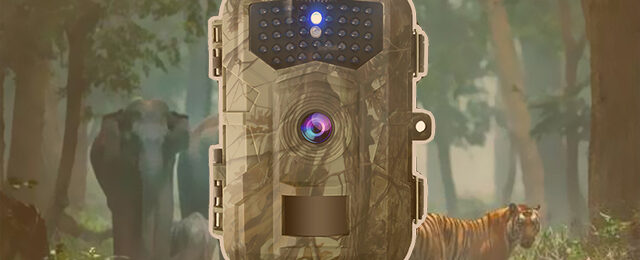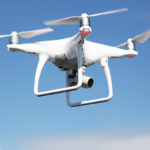An overview on Trap Camera
Wildlife camera traps are to capture behavioural habits of common and rare animal species of all shapes and sizes, and have been used for many years. Nowadays, the wild life camera trap generally refers to a cellular trail camera.Modern wildlife camera traps have evolved to ensure less interference with an unsuspecting animal and snap photos without frightening them. What is more beneficial about modern day camera traps is that the advancements in digital photography and video technology make these devices more versatile and affordable than ever before. They can also capture longer hours of footage and store substantially more images.
Features to look in a trap camera
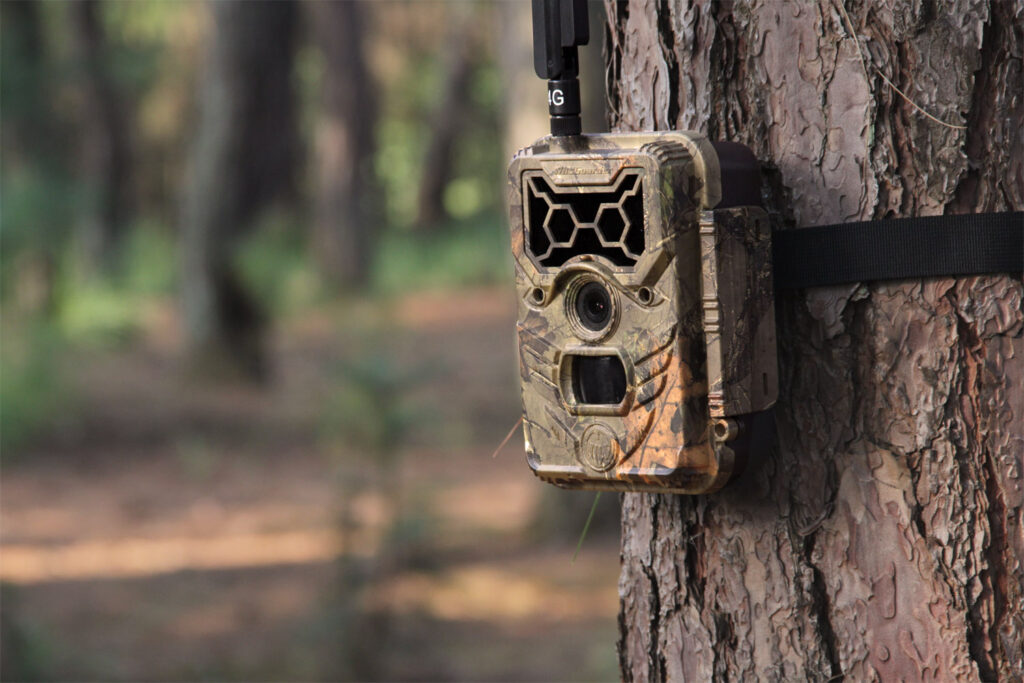
1. WIFI or 4G connectivity
WIFI or 4G connectivity is an important feature for trail cameras. This is because with WIFI or 4G capability, you can view the pictures and videos remotely. The major benefit of this is that you do not have to go back to the site frequently to gather the footage. Returning to the site runs the risk of the animals to be alerted, and as a consequent, disrupt your research or photograph opportunities. Another benefit of this feature is you can share the pictures and videos with others easily.
2. GPS
GPS enabled devices can help you keep track of your camera over a long period of time. This is especially useful if you are monitoring a large area or if you forget where the camera was placed.
GPS enabled devices can also help you track the movement of animals over time. This is an
advantageous feature for any research or hunting activities, as you can see patterns in animal
behavior that you might not otherwise notice.
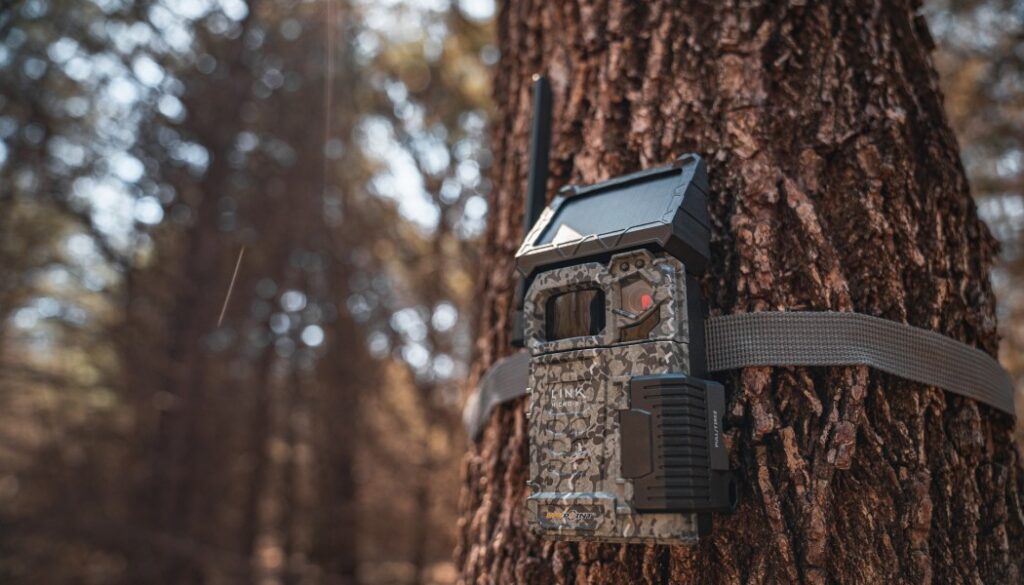

Many animals are active at night, and any visible light will only disturb them. Infrared LED lights allow the trail camera to work at night without disturbing the animals. Another important and beneficial feature if you’re trying conduct research or hunt. As a result, you’ll be able to get clear, unobstructed footage of whatever you’re tracking.
If you’re going to be setting up your camera in a humid or damp area such as a rainforest, deep woods, or near a sea, the camera needs to be able to withstand any wind and rain without getting damaged or malfunctioning.
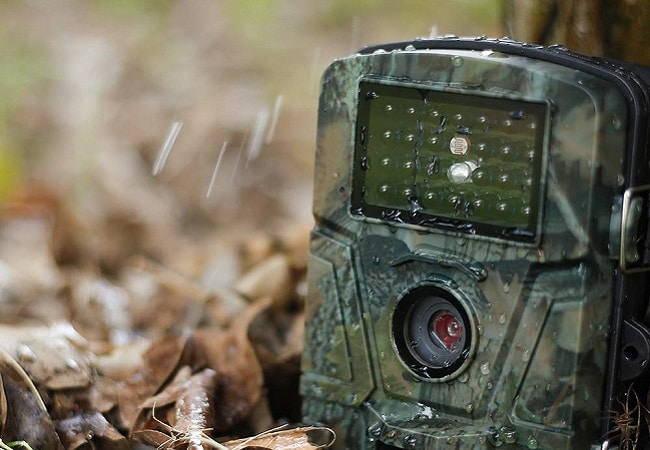
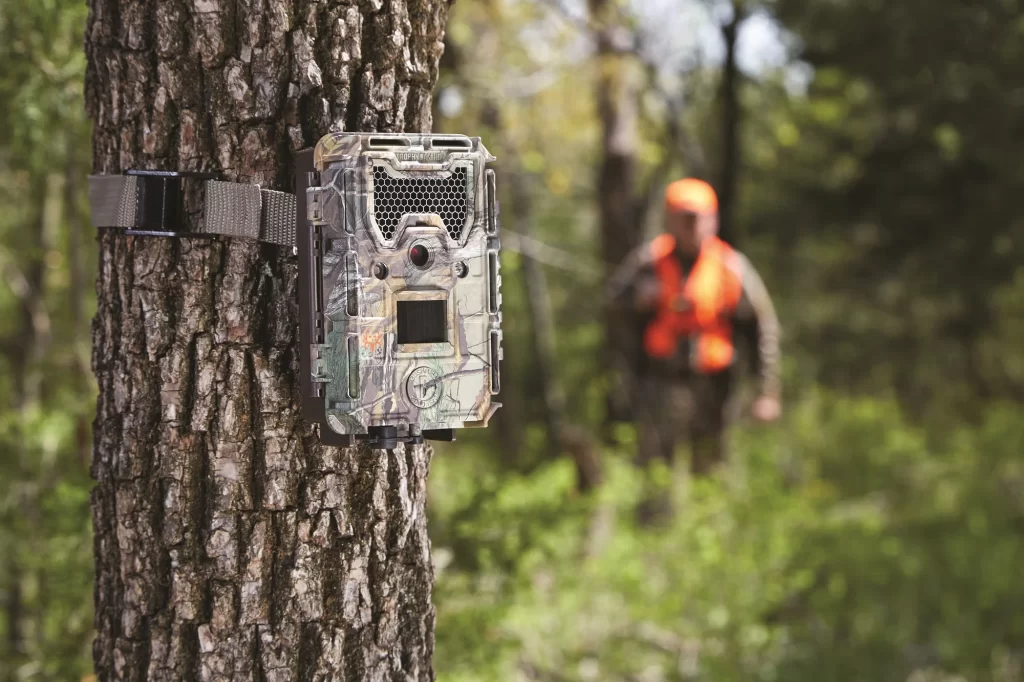
To capture fast-moving animals like deer or rabbits on film, look for a trigger time of 0.2 seconds or less.
Taking sharper pictures with Trap Camera
● Placement: It’s important to place your camera trap in an area where animals are likely to pass by. If you can’t find an ideal location near food sources or watering holes, consider placing the camera near a trail or path that animals are known to frequent.
Timing: Animals are most active at certain times of day or year—so it can be helpful to learn about their habits so you can plan around them when taking photos. For example, if you want to shoot a photo of a deer during the summer months, they tend to be more active during dawn and dusk hours when the sun isn’t directly overhead.
● Habitat: If possible, try not to disturb an animal’s habitat too much while setting up your camera trap—they might feel threatened by the presence of your equipment and could become afraid of returning to their normal routines if they associate these objects with danger instead of safety.


